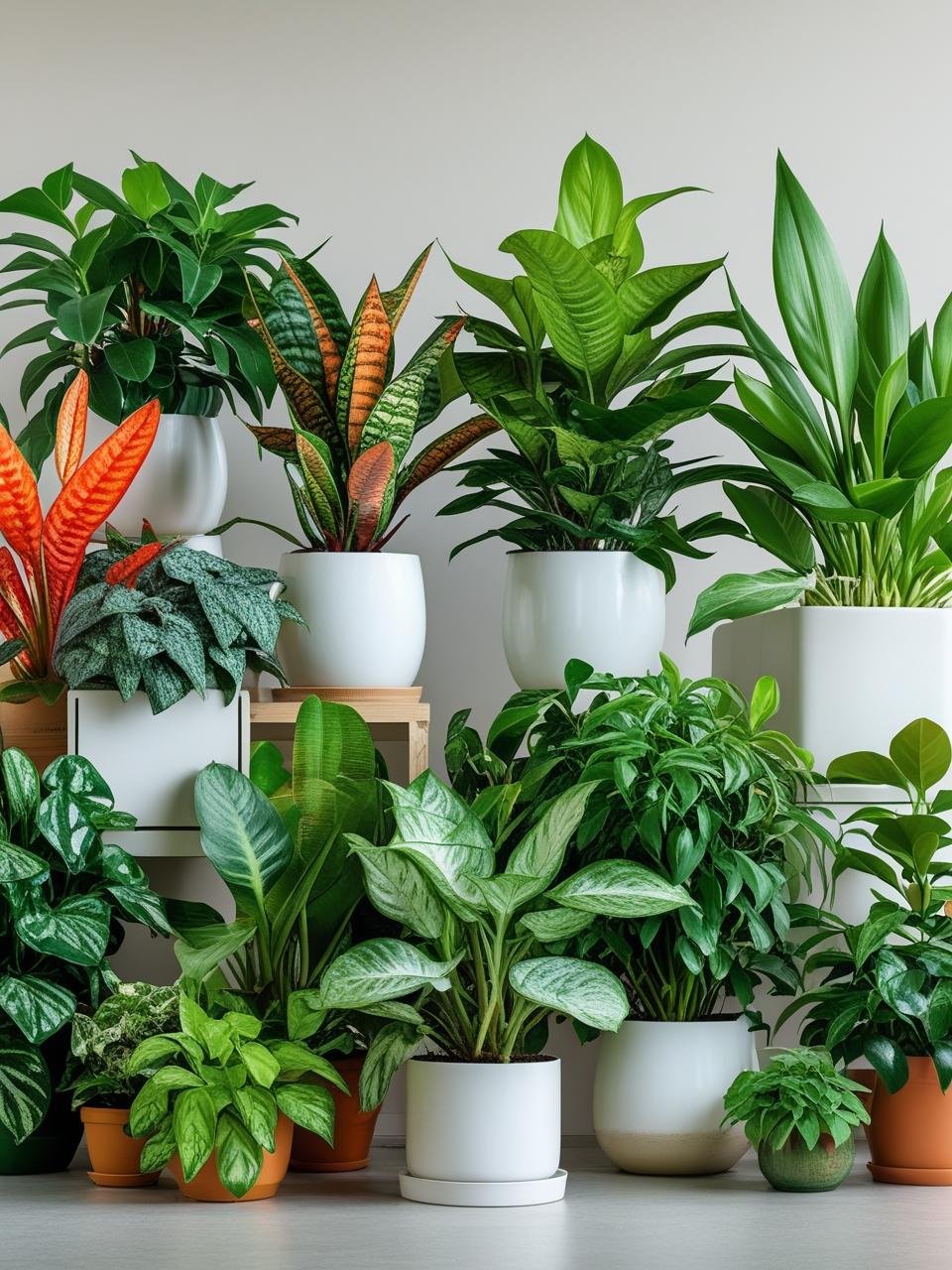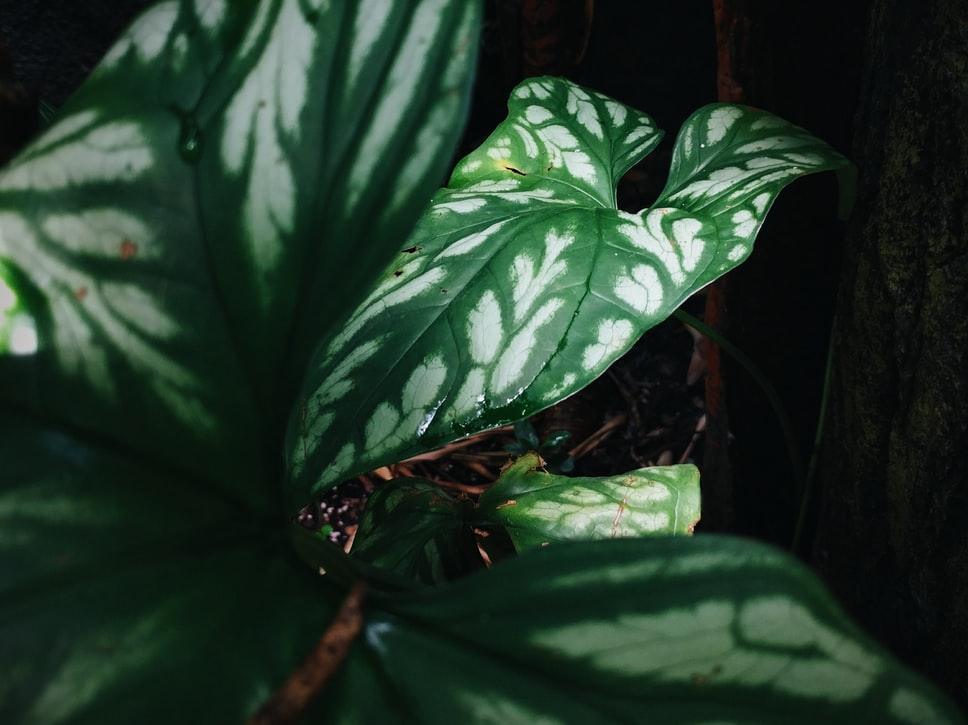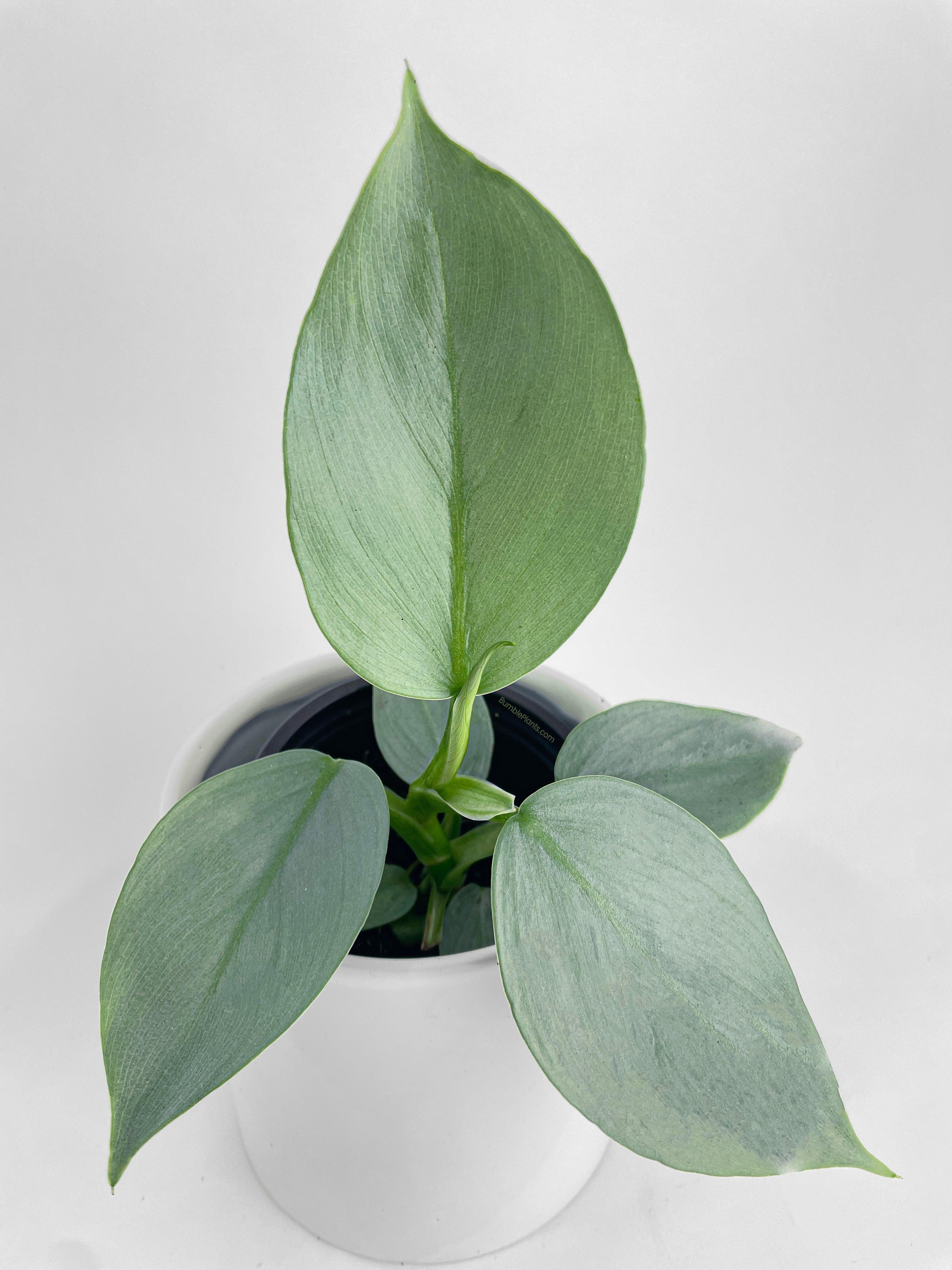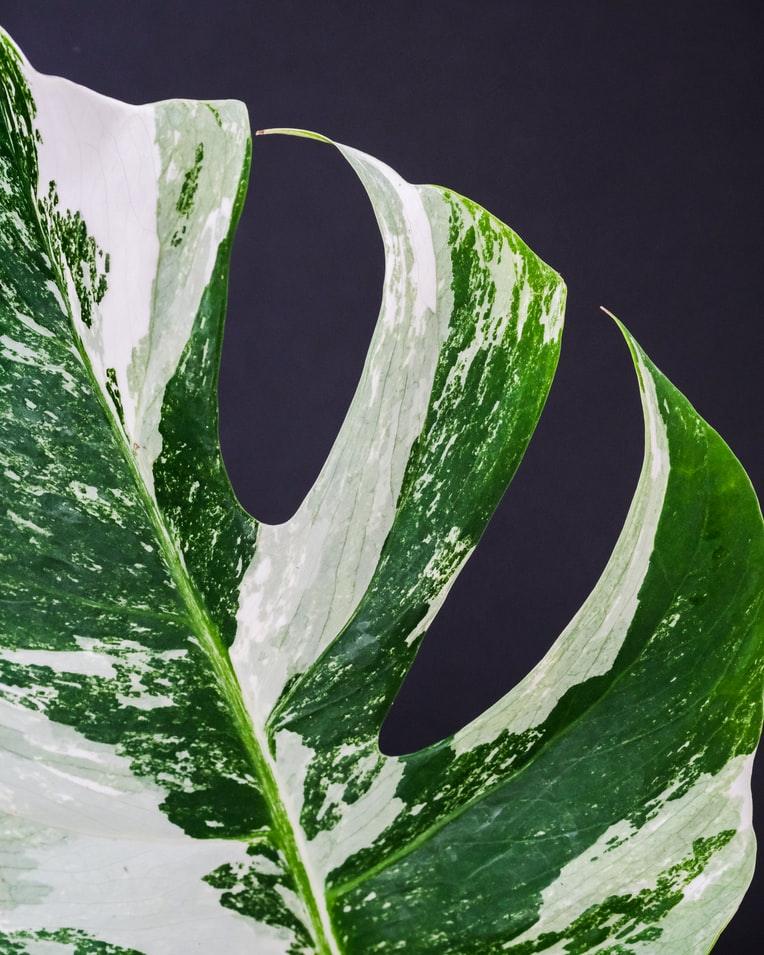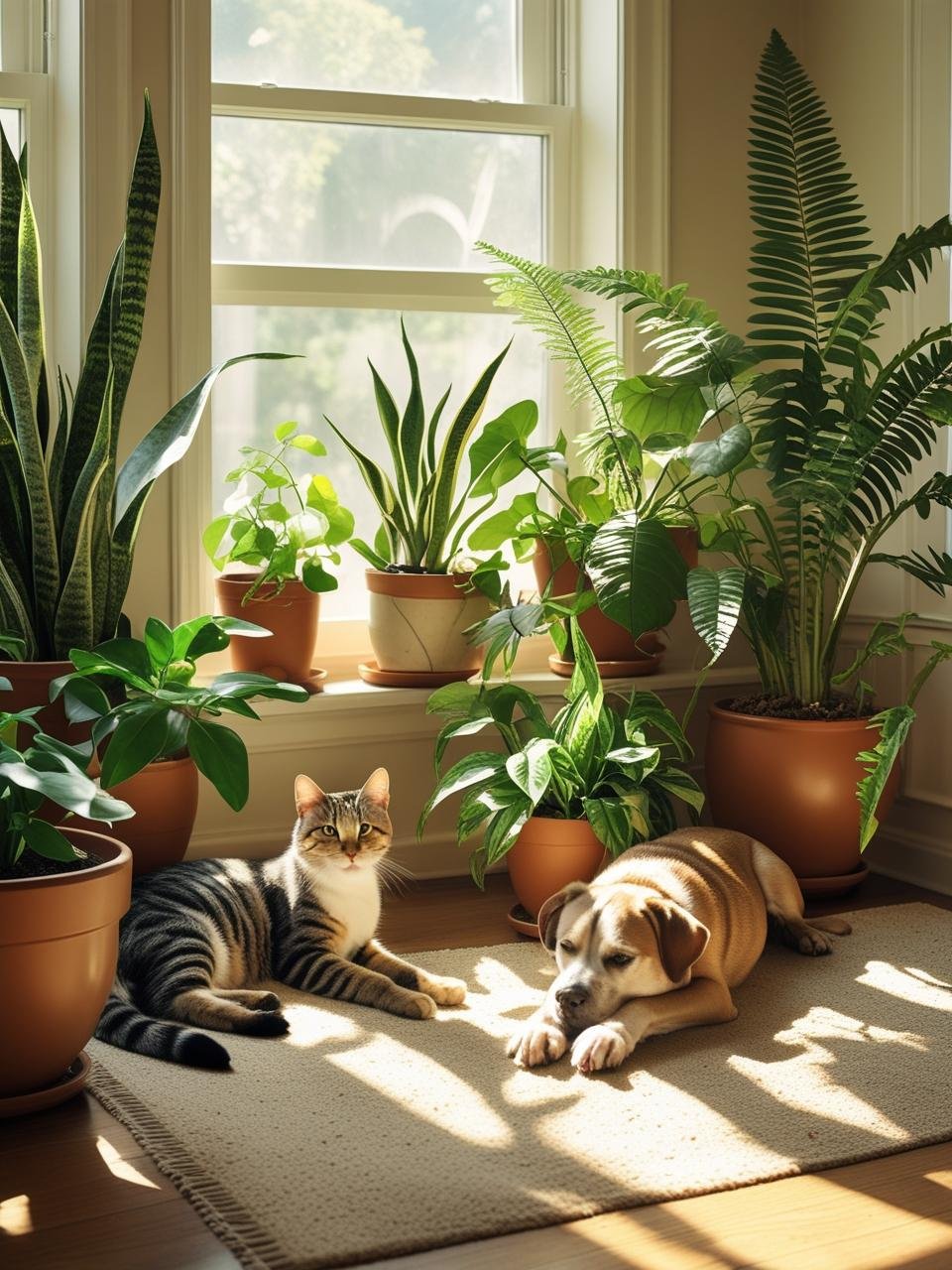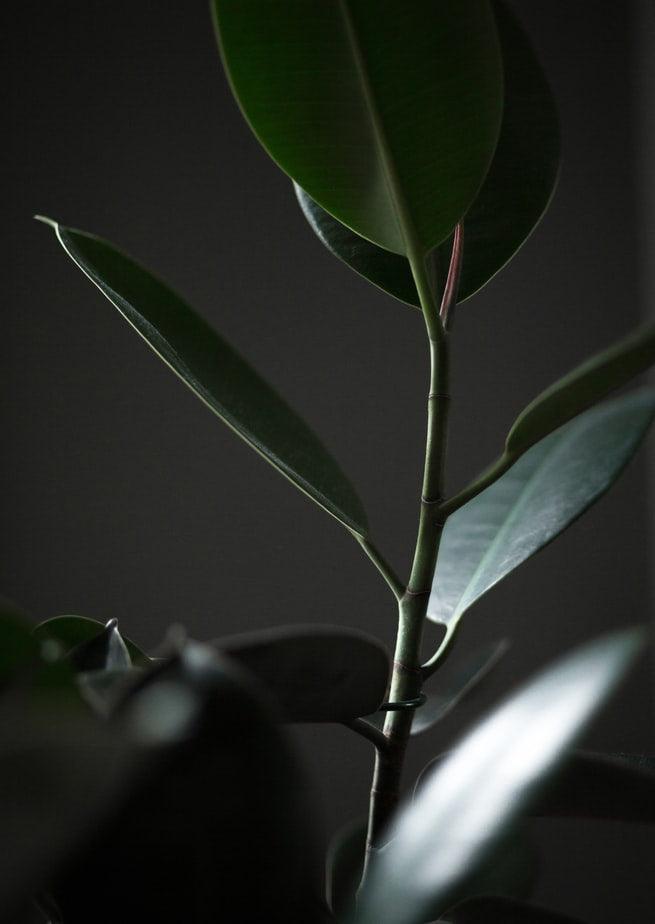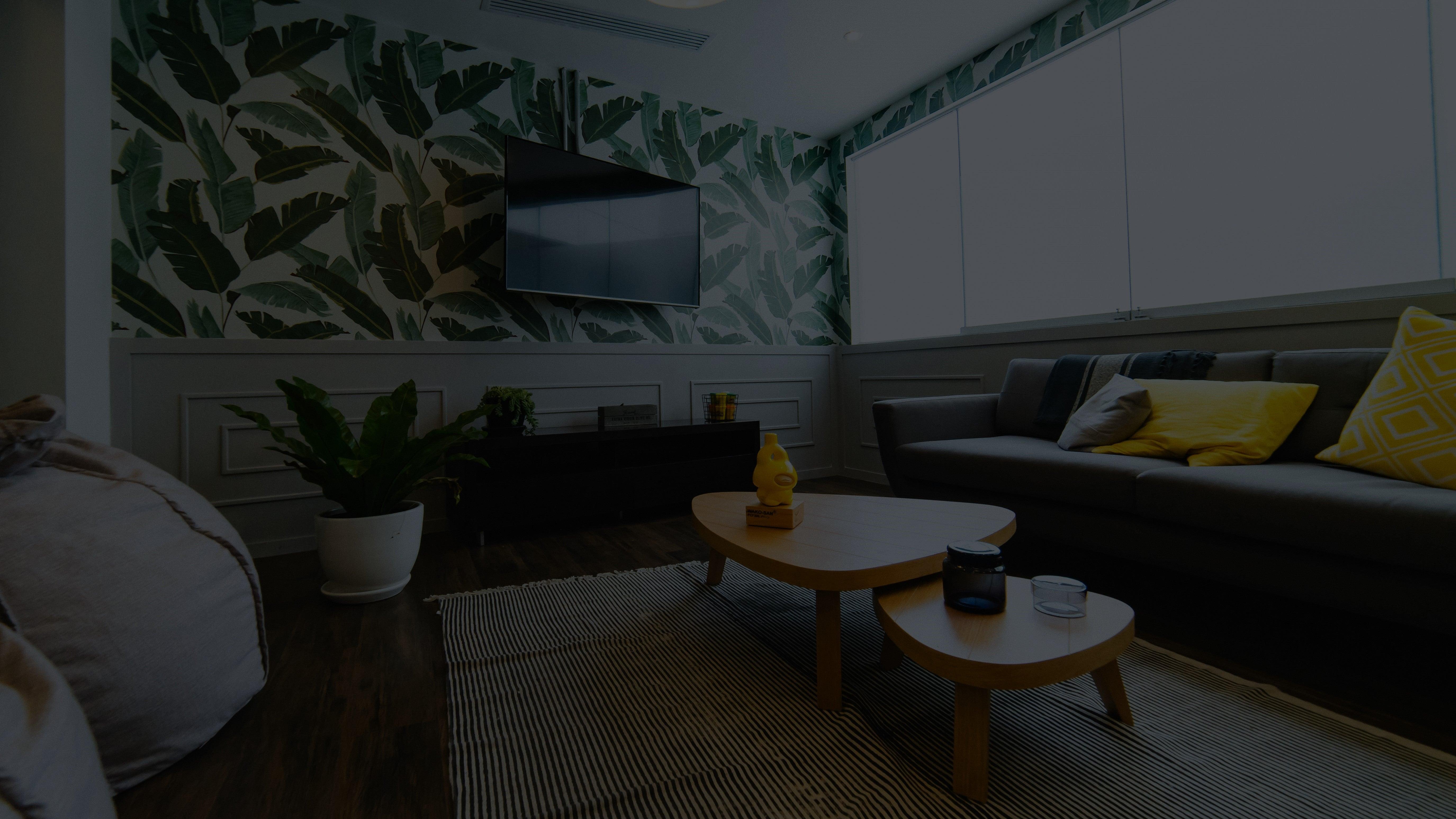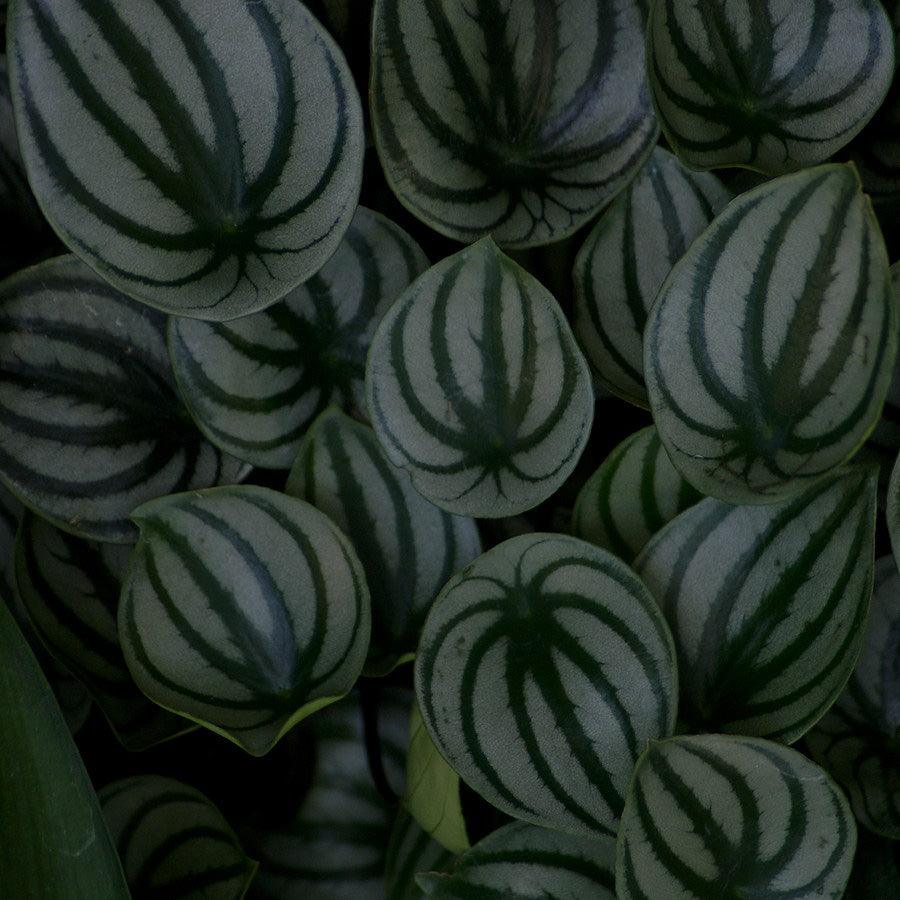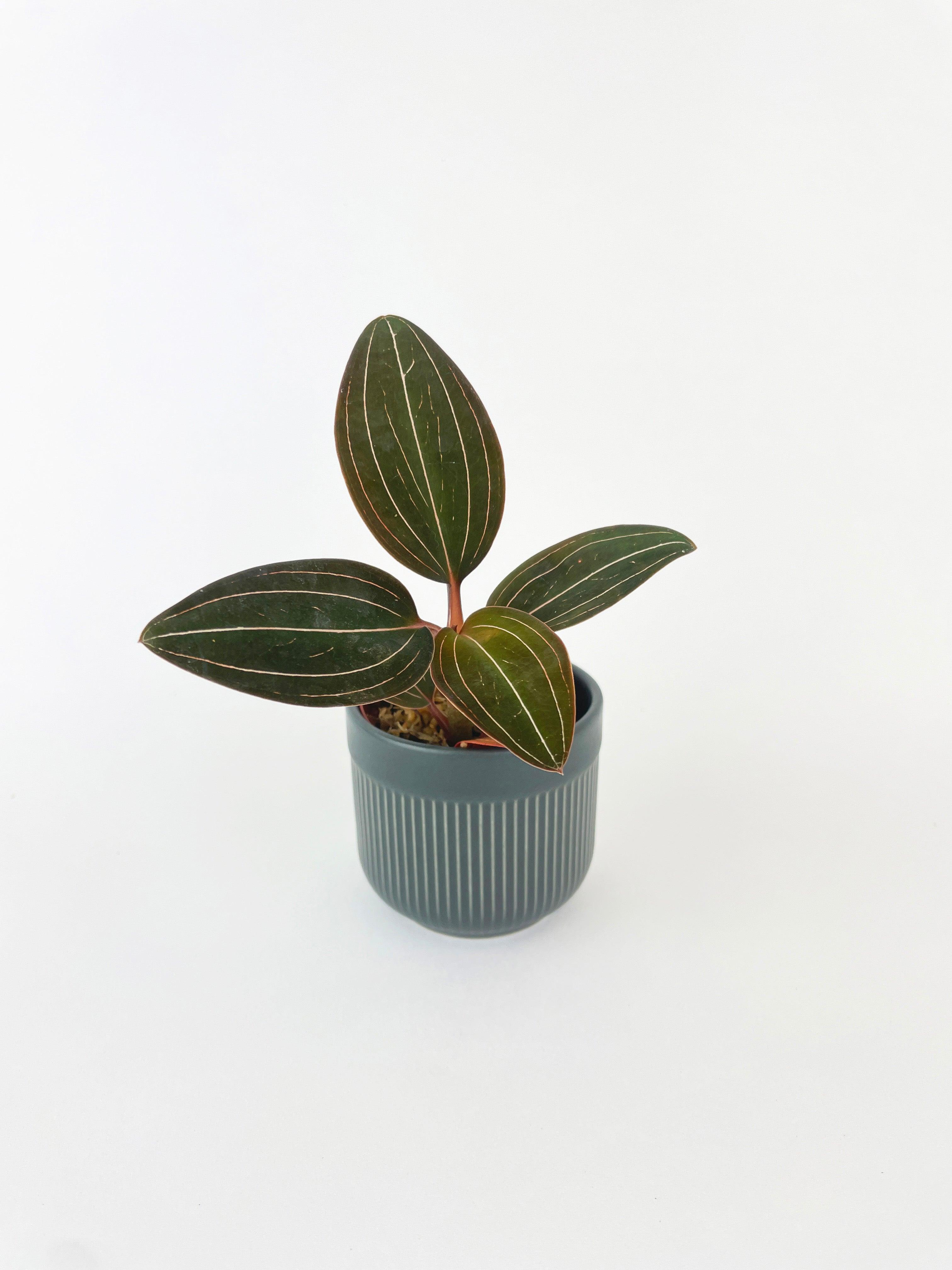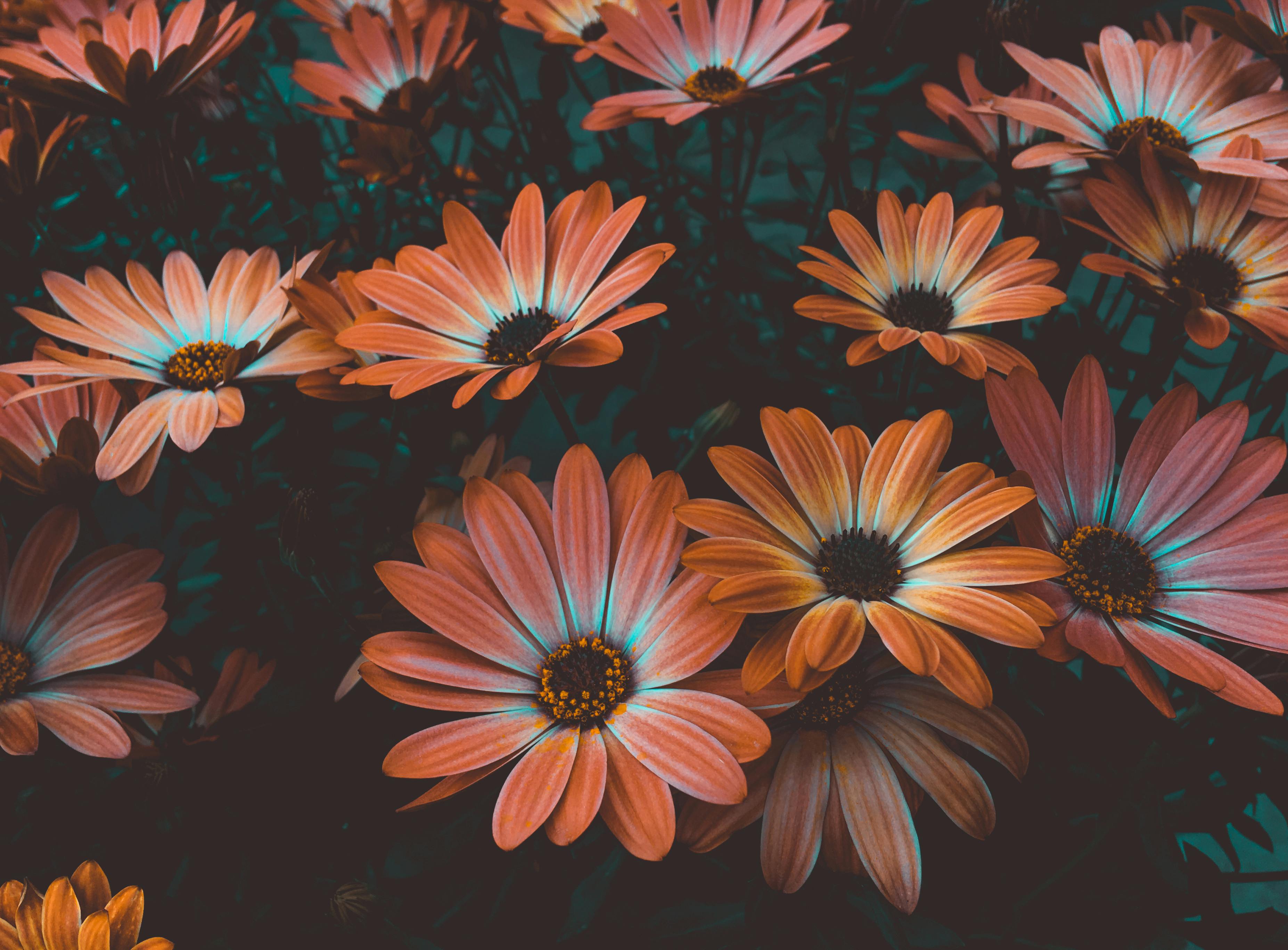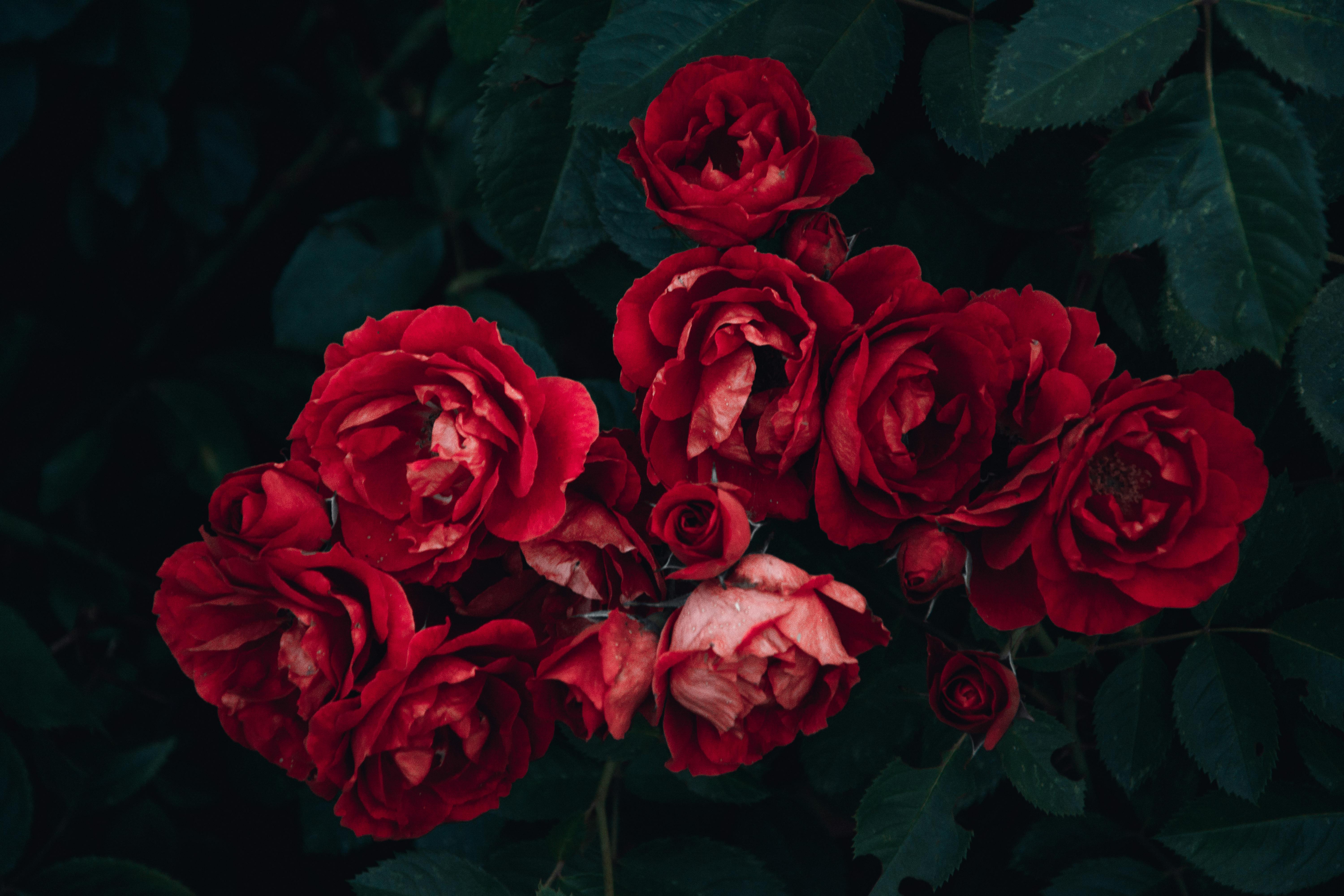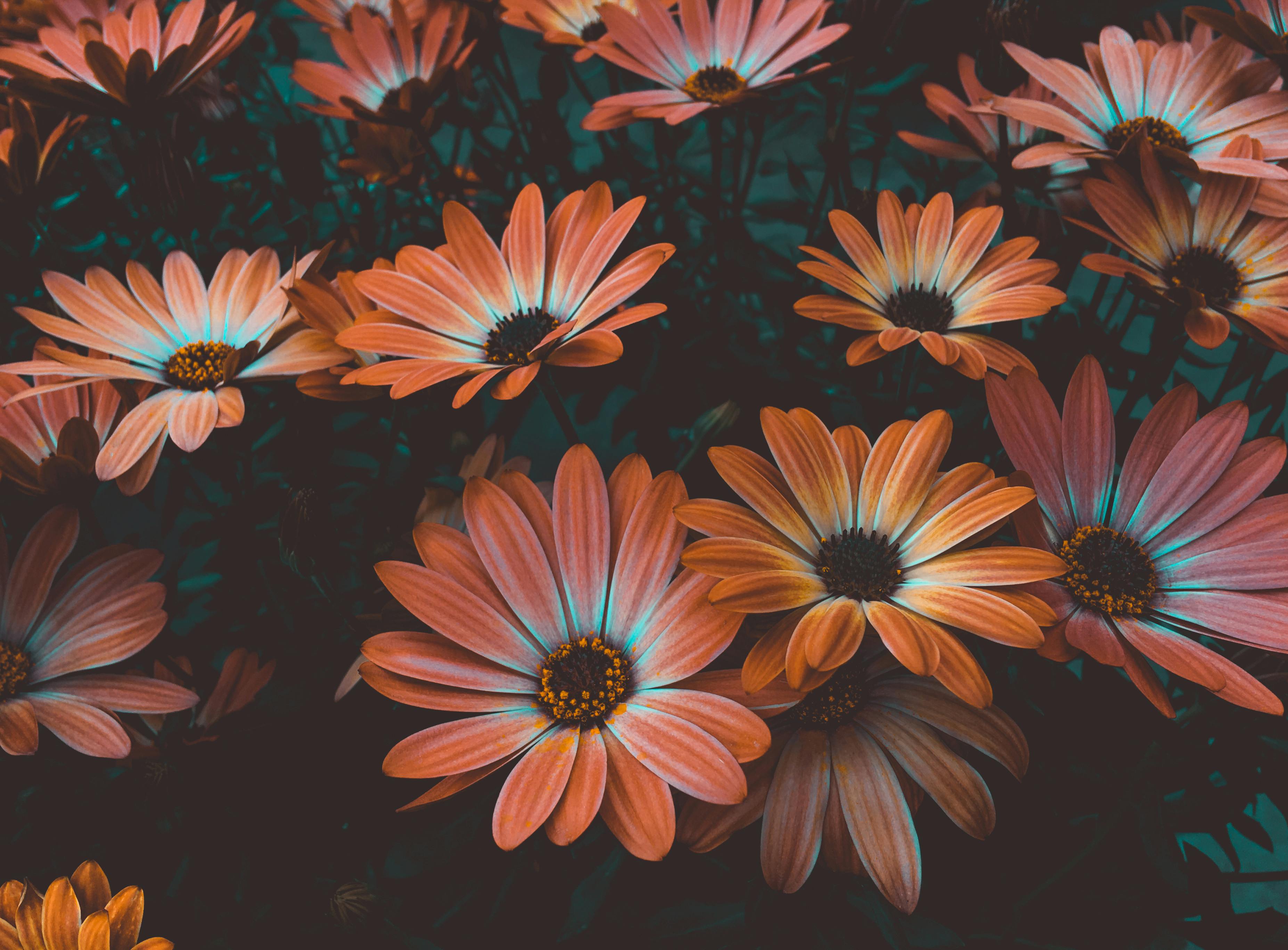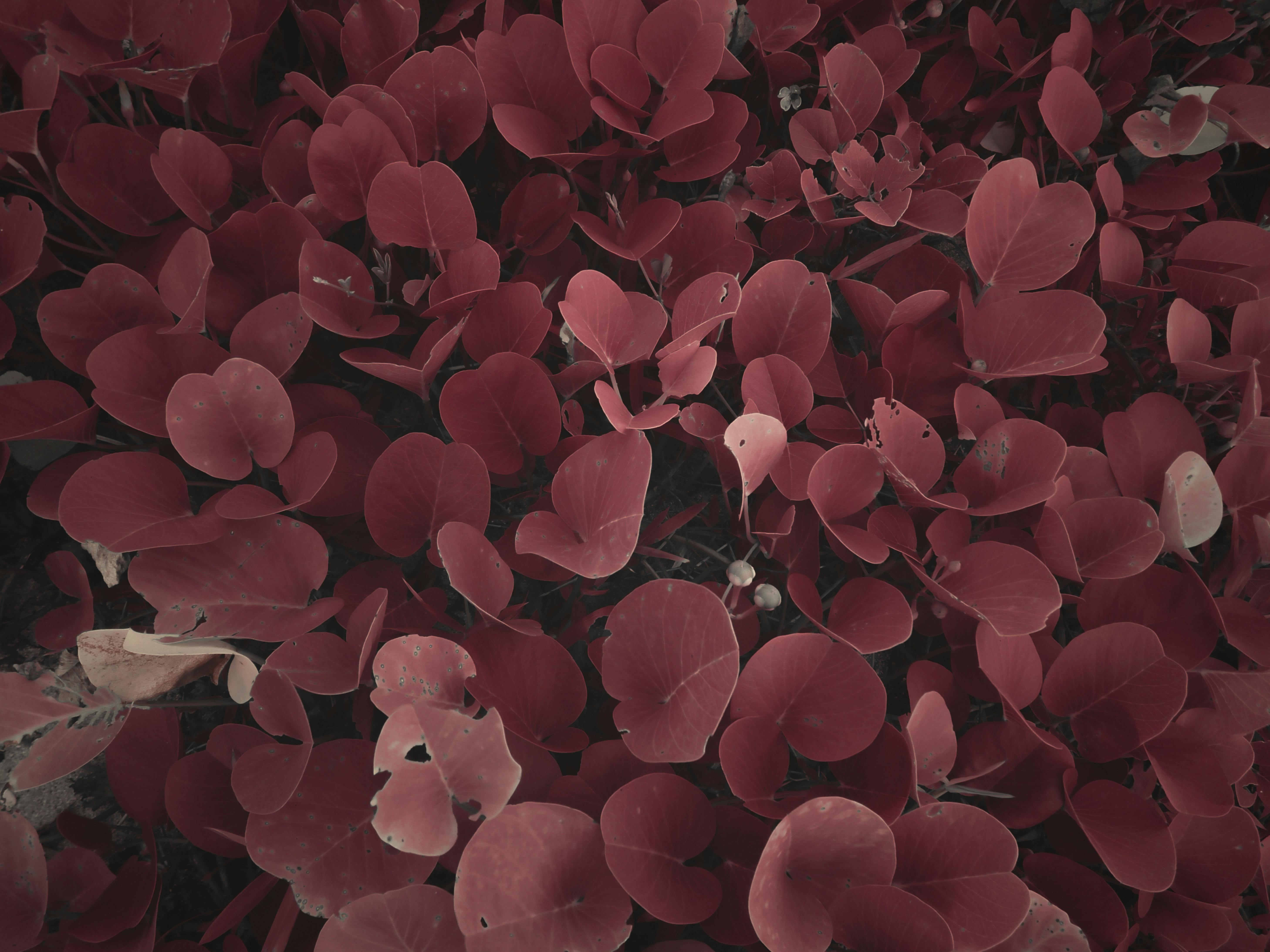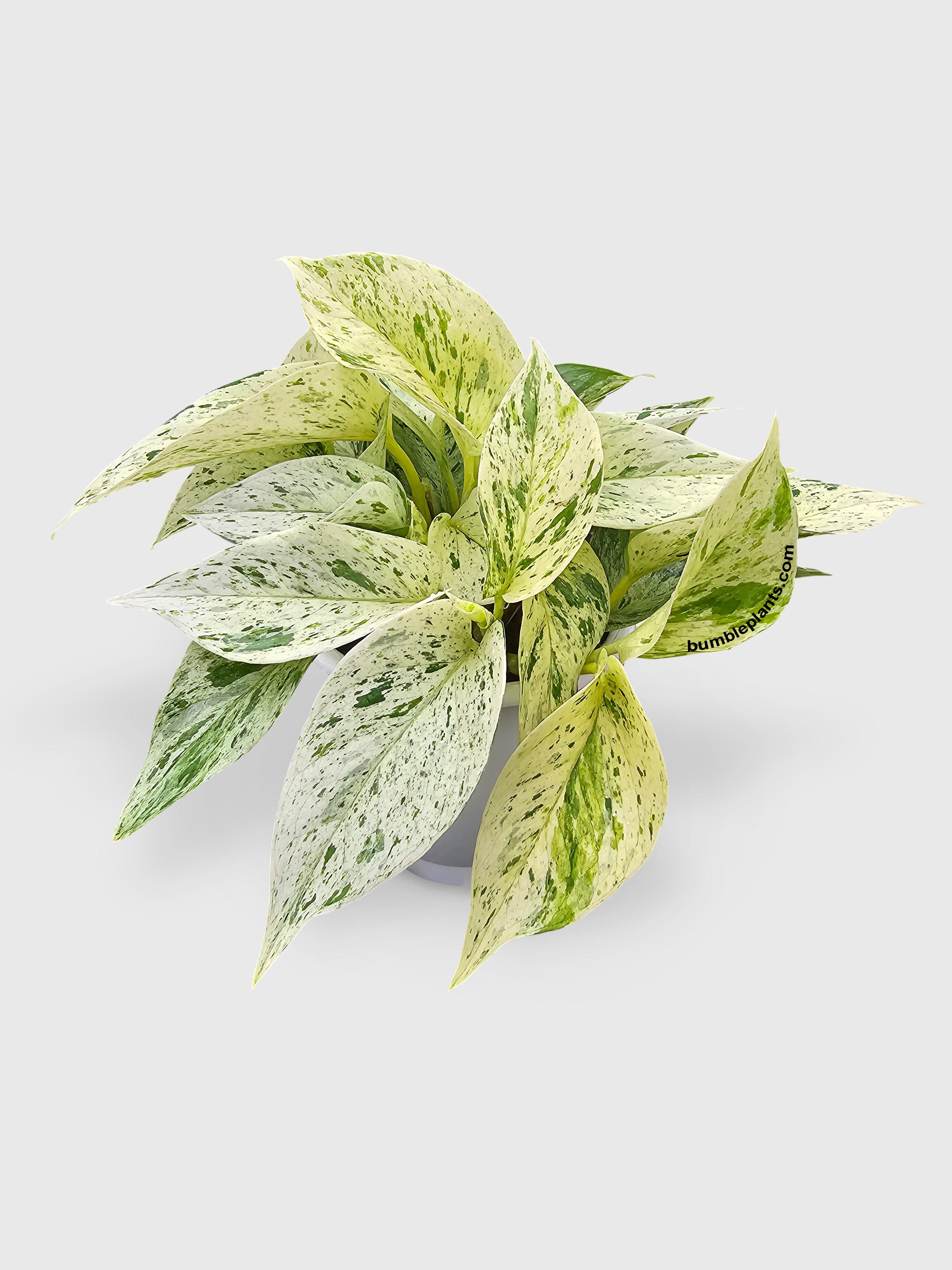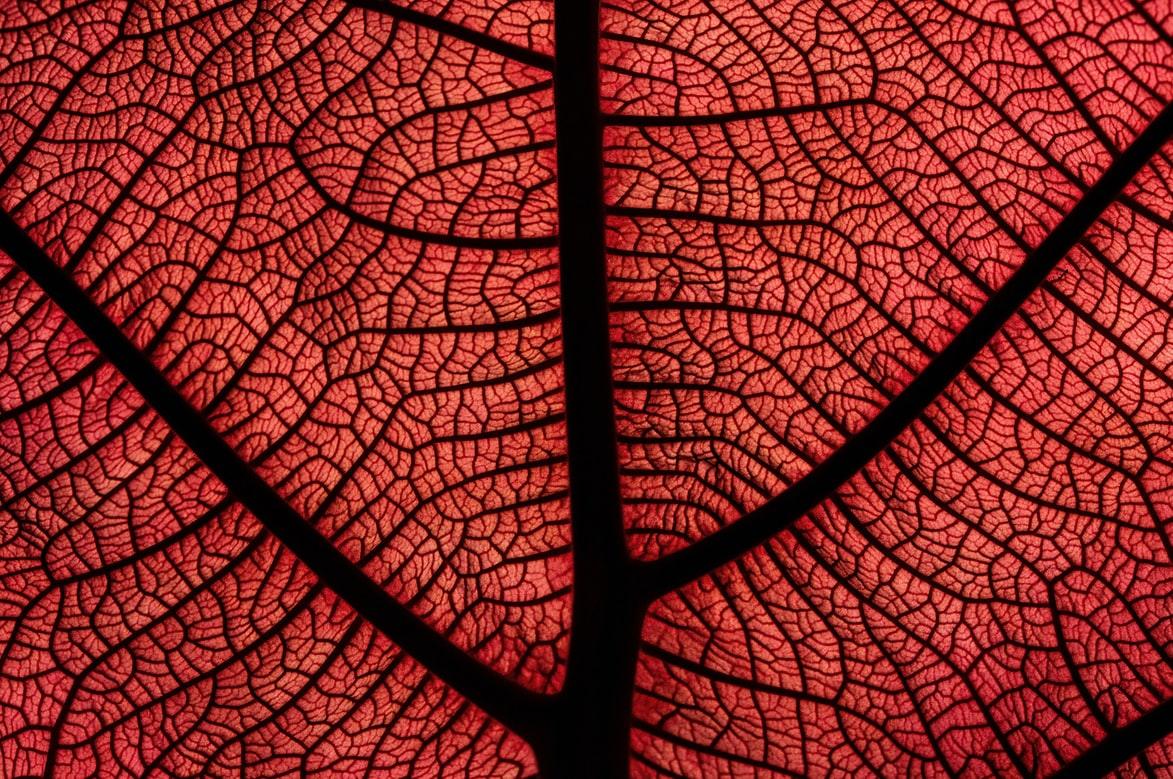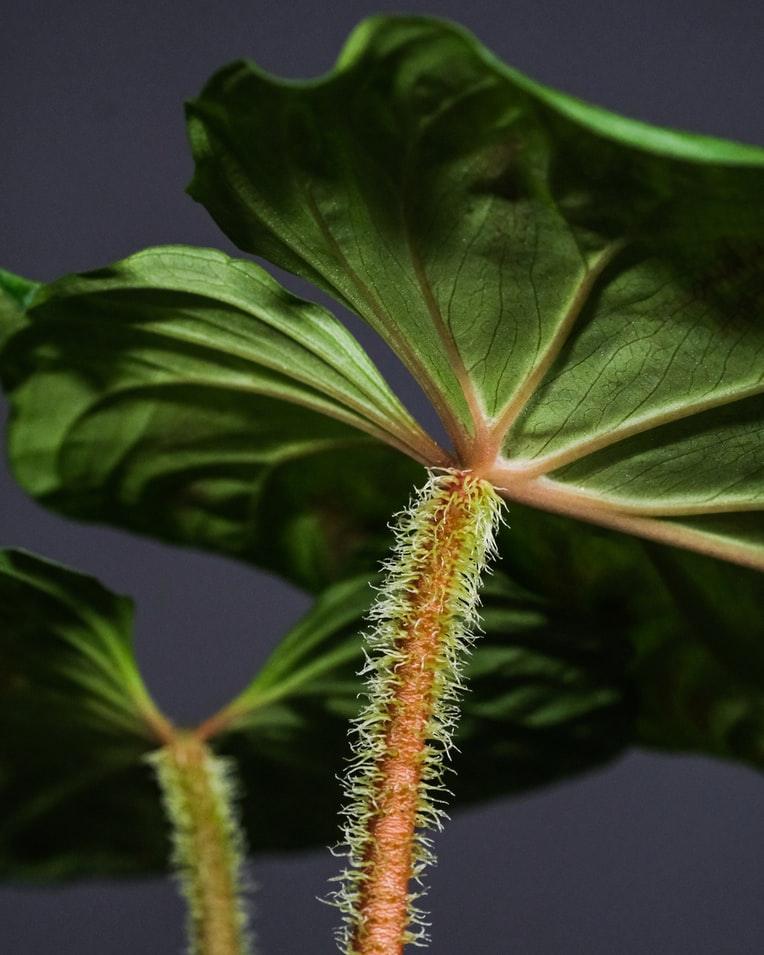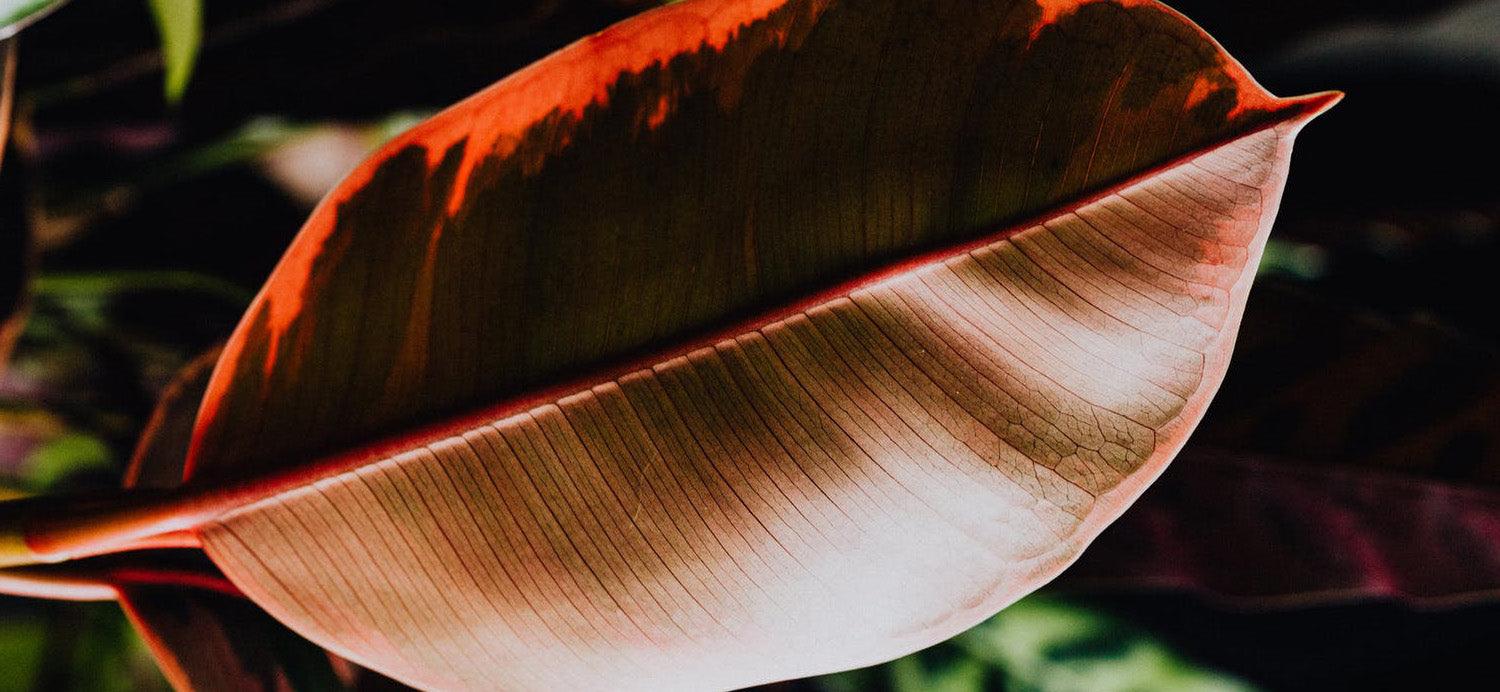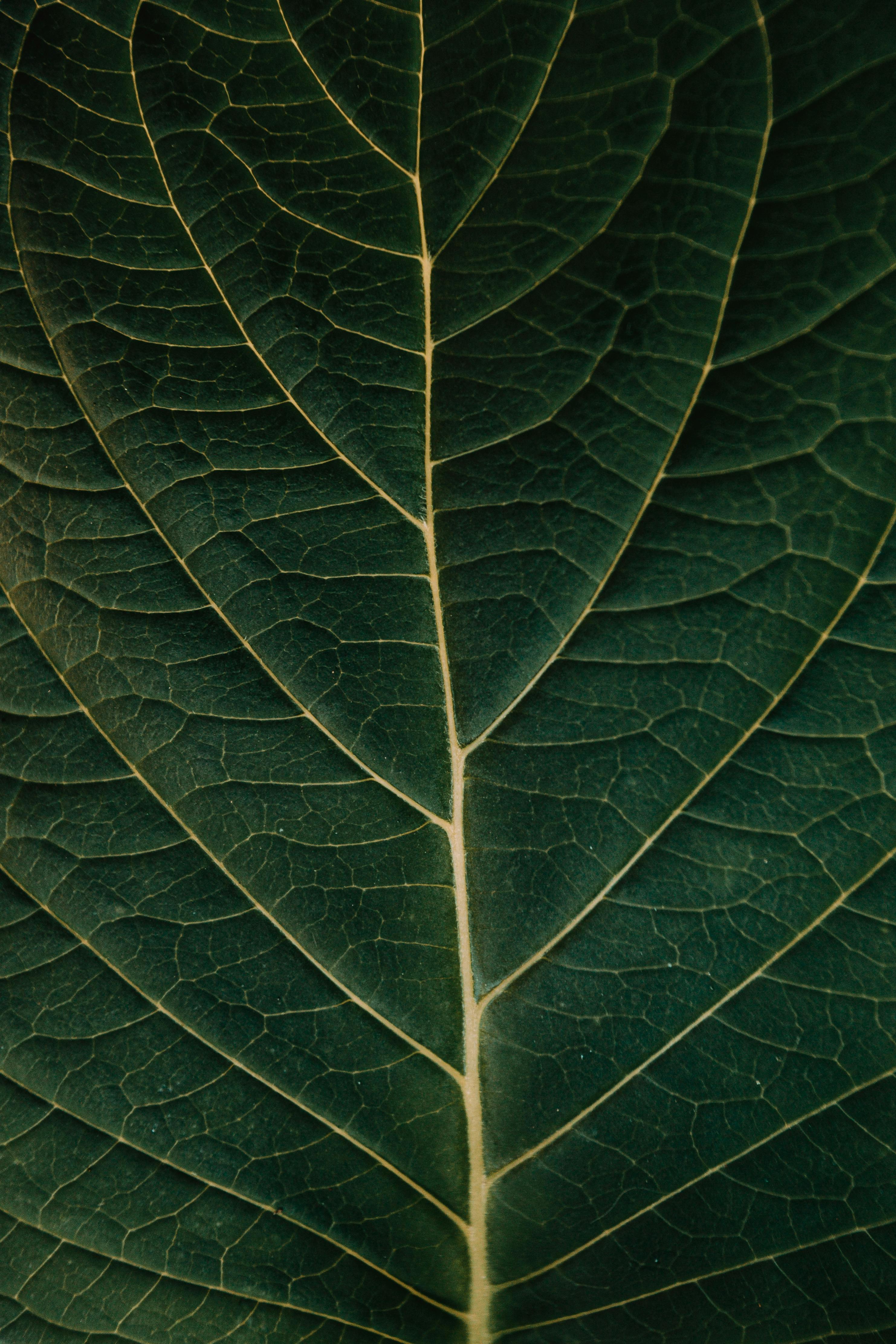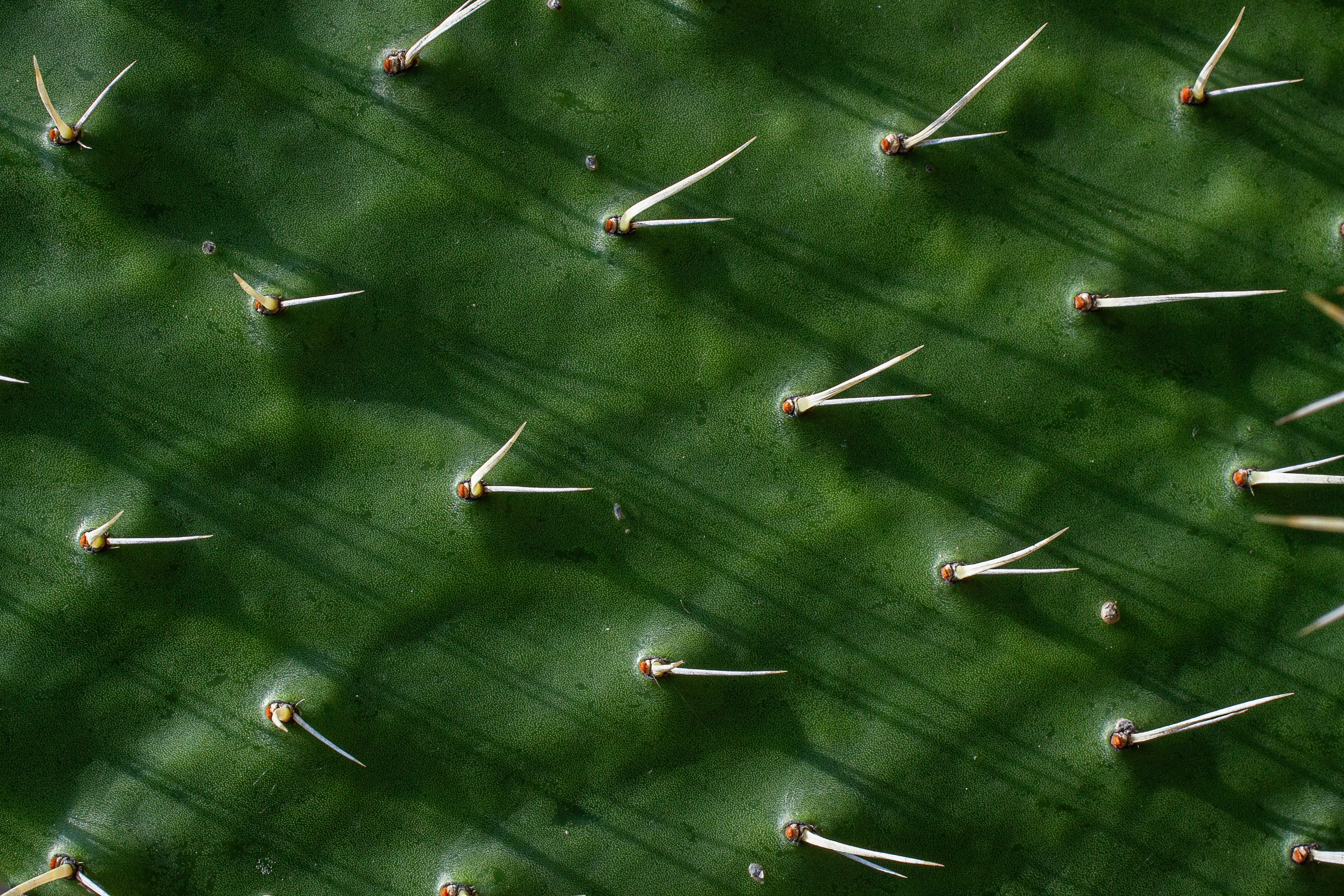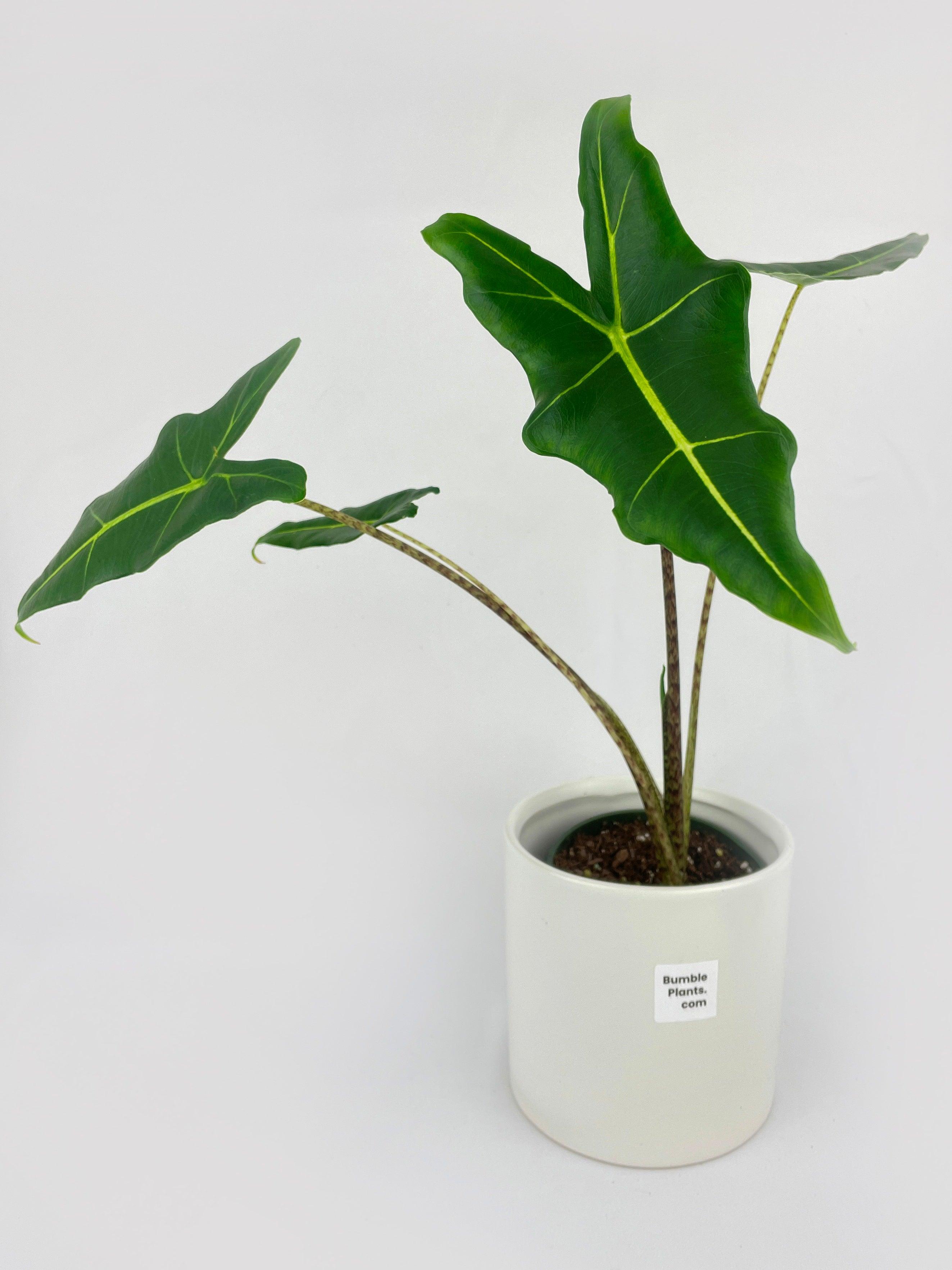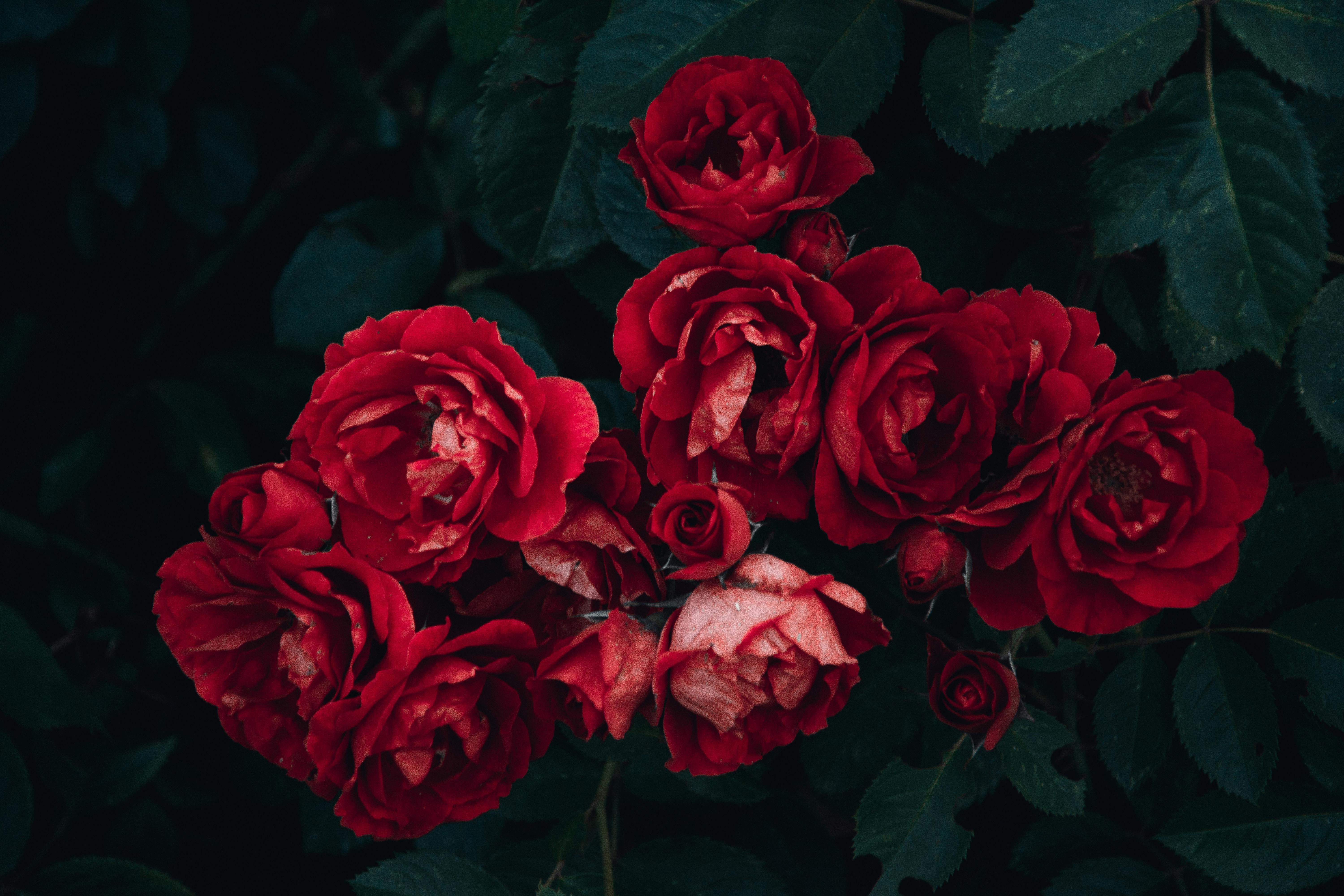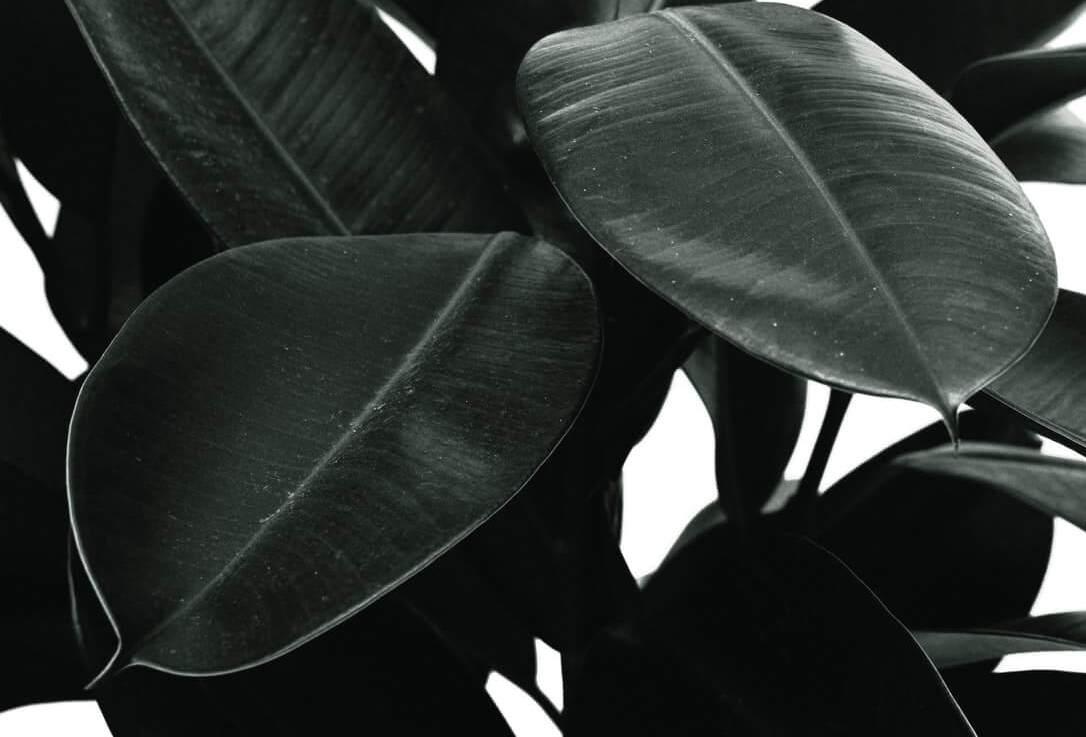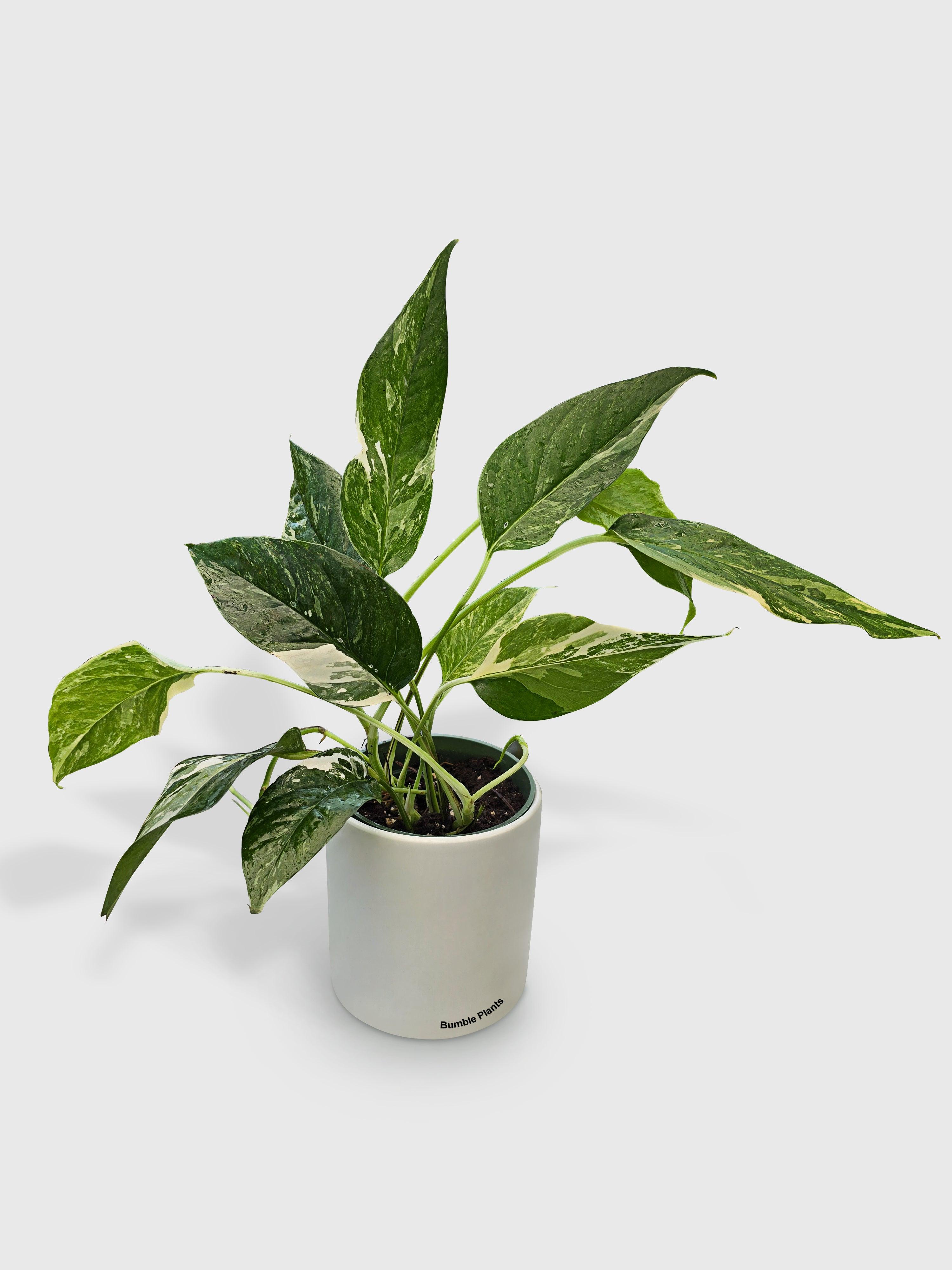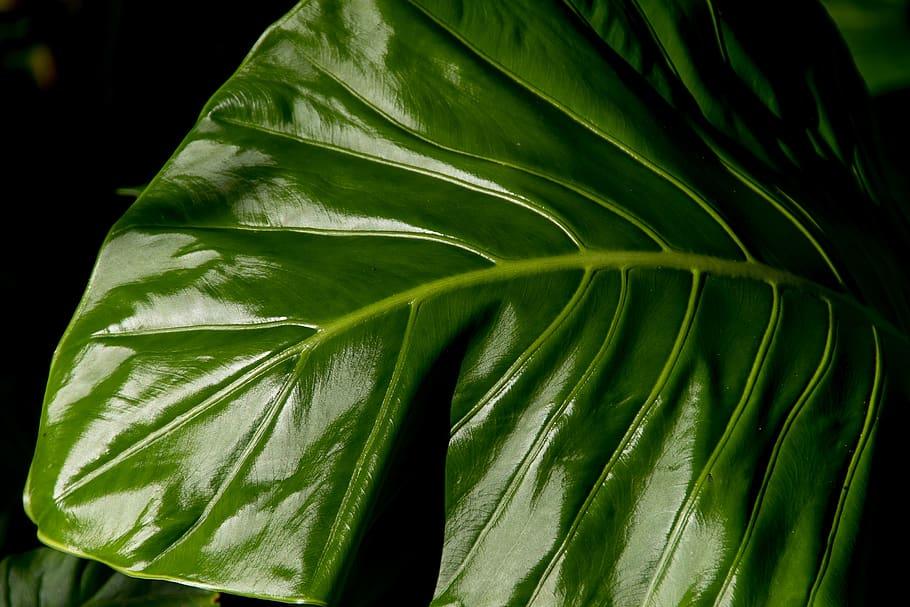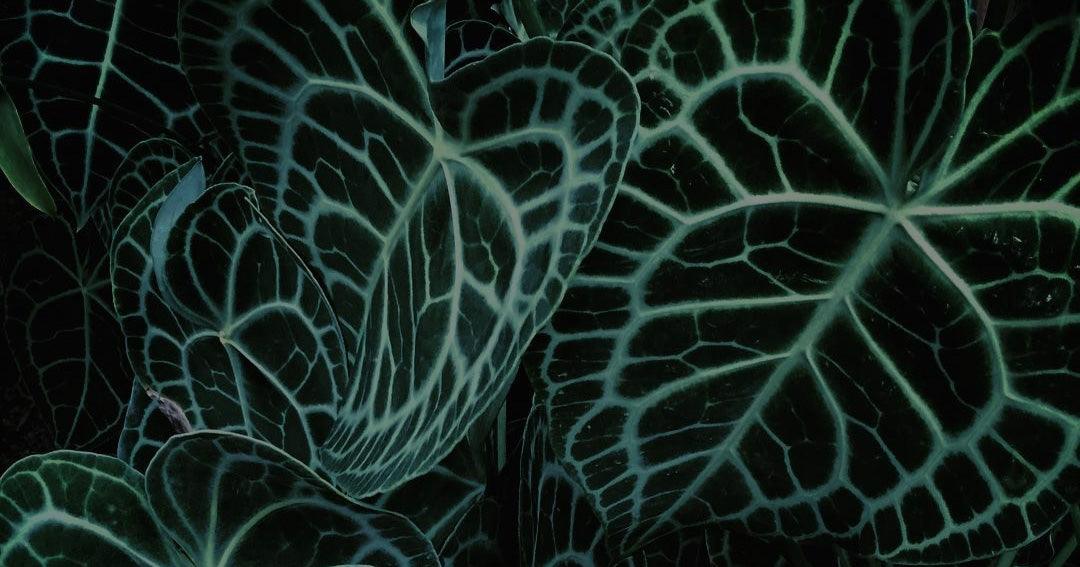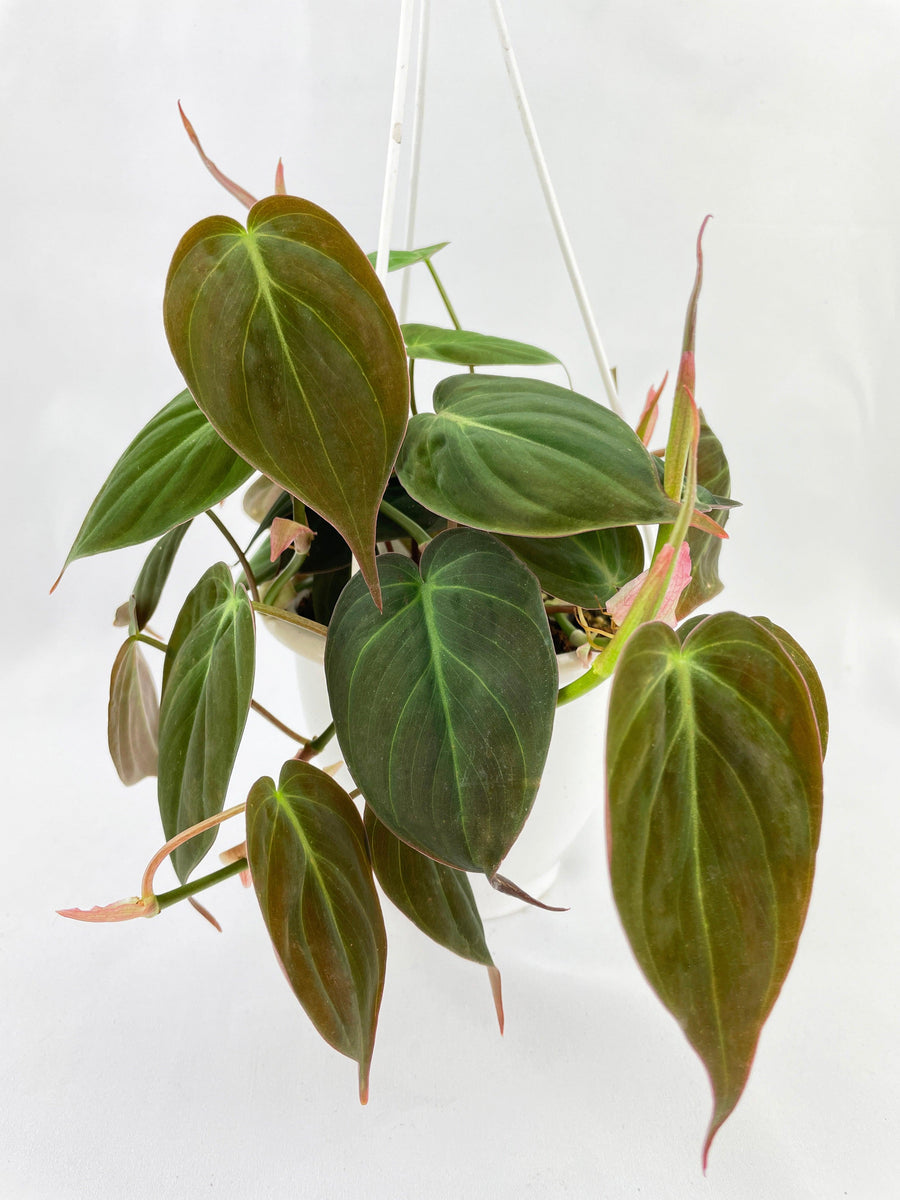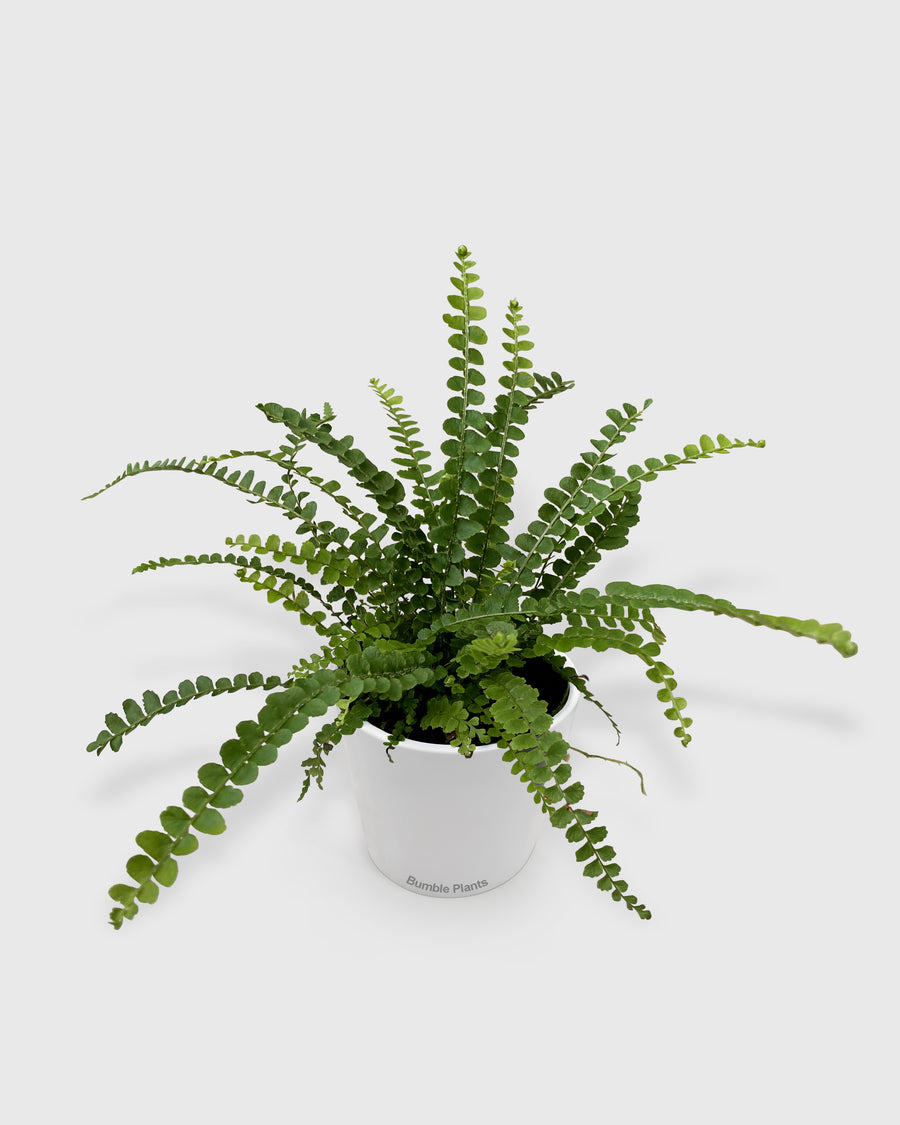The Ultimate Guide to Bird of Paradise Plant Care
Welcome to The Ultimate Guide to Bird of Paradise Plant Care. If you're an enthusiast looking to nurture these stunning botanical wonders, you've come to the right place. Bird of Paradise plants, known for their vibrant foliage and exotic flair, can truly elevate any indoor or outdoor space. we'll delve into everything you need to know to ensure your Bird of Paradise thrives under your care.
Understanding Bird of Paradise Plants
Bird of Paradise plants, scientifically known as Strelitzia, are native to South Africa and are revered for their striking appearance and unique blooms. These plants belong to the Strelitziaceae family and are characterized by their large, banana-like leaves and vibrant, bird-shaped flowers. Understanding the background and characteristics of Bird of Paradise plants is essential for successful care and cultivation.
Origins and Botanical Background
Bird of Paradise plants have a rich botanical history, with origins dating back to the 18th century. They were first discovered in South Africa by European explorers and were later introduced to other parts of the world for their ornamental value.
Varieties of Bird of Paradise Plants
While the most common species is Strelitzia reginae, also known as the Orange Bird of Paradise, there are several other varieties worth exploring. These include Strelitzia nicolai, the Giant White Bird of Paradise, and Strelitzia juncea, the Narrow-leaf Bird of Paradise. Each variety has its own unique features and growth requirements.
Characteristics and Features
Bird of Paradise plants are renowned for their large, glossy leaves and vibrant, bird-like flowers. The leaves can grow up to several feet long and are arranged in a fan-like pattern, while the flowers consist of brightly colored petals that resemble the plumage of tropical birds. Understanding these distinctive characteristics is crucial for identifying and caring for Bird of Paradise plants.
Choosing the Right Bird of Paradise Plant
Selecting the perfect Bird of Paradise plant is the first step towards successful care and cultivation. With various species and cultivars available, it's essential to consider several factors before making your purchase. Here's a guide to help you choose the right Bird of Paradise plant for your space:
Factors to Consider Before Purchasing
Before buying a Bird of Paradise plant, assess your space and determine the available light, temperature, and humidity levels. Consider whether you'll be growing the plant indoors or outdoors, as this will impact your selection.
Popular Cultivars and Their Unique Traits
Explore different Bird of Paradise cultivars and their specific characteristics. While Strelitzia reginae is the most commonly found variety, you may also encounter Strelitzia nicolai, known for its larger size, or Strelitzia juncea, which features narrow, reed-like leaves.
Finding the Perfect Fit for Your Space
Take into account the mature size of the Bird of Paradise plant and ensure it fits well within your designated space. Consider whether you prefer a smaller, potted plant for indoor display or a larger specimen for outdoor landscaping.
Essential Equipment and Tools
Proper care of your Bird of Paradise plant requires the right equipment and tools. From potting materials to watering devices, having the necessary items on hand will make the care process more manageable. Here's what you'll need:
Potting Materials
Choose a well-draining potting mix specifically formulated for tropical plants. A blend of peat moss, perlite, and vermiculite provides adequate drainage while retaining moisture—a crucial factor in Bird of Paradise plant care.
Soil Requirements
Bird of Paradise plants thrive in rich, fertile soil that's slightly acidic. Avoid heavy, compacted soils that can lead to waterlogging and root rot. Amend the soil with organic matter, such as compost or aged manure, to improve nutrient content and soil structure.
Watering Devices and Techniques
Invest in a watering can with a narrow spout or a watering wand to deliver water directly to the plant's base. Avoid overhead watering, as this can lead to fungal diseases and leaf spotting. Instead, water the soil evenly until it's moist but not waterlogged, allowing excess water to drain away.
Lighting Needs
Provide your Bird of Paradise plant with bright, indirect light for optimal growth and flowering. Place it near a south- or west-facing window where it can receive several hours of sunlight each day. If growing indoors, supplement natural light with artificial grow lights to ensure adequate illumination.
Planting and Transplanting Bird of Paradise
Planting and transplanting Bird of Paradise plants require careful attention to ensure their successful establishment and growth. Whether you're starting with a new plant or repotting an existing one, following proper techniques is essential. Here's a step-by-step guide
Step-by-Step Guide to Planting
Selecting the Right Container
Choose a pot with adequate drainage holes that's slightly larger than the plant's root ball. Ensure the container is made of a durable material, such as plastic or ceramic, that will provide stability and support for the plant.
Preparing the Soil
Fill the bottom of the pot with a layer of well-draining potting mix, then gently remove the Bird of Paradise plant from its nursery container. Carefully loosen the roots and place the plant in the center of the pot.
Adding Soil and Watering
Fill in the gaps around the plant with additional potting mix, pressing down lightly to secure the plant in place. Water the soil thoroughly until water begins to drain from the bottom of the pot, ensuring the roots are evenly moistened.
Transplanting Tips and Best Practices
Timing
Transplant Bird of Paradise plants in spring or early summer when they're actively growing. Avoid transplanting during periods of extreme heat or cold, as this can stress the plant and impede its recovery.
Root Pruning
If transplanting a mature Bird of Paradise plant, consider root pruning to encourage healthy root growth and prevent root-bound conditions. Use clean, sharp scissors or pruning shears to trim any circling or damaged roots before repotting.
Acclimation
After transplanting, place the plant in a location with indirect light and moderate humidity to allow it to acclimate to its new environment. Avoid fertilizing or overwatering immediately after transplanting, as this can shock the plant's delicate root system.
Watering and Humidity Management
Proper watering and humidity management are crucial aspects of Bird of Paradise plant care, as these plants have specific moisture requirements for optimal growth. Understanding how to water your plant and maintain appropriate humidity levels will help prevent issues such as overwatering, underwatering, and leaf problems. Here's what you need to know:
Watering Frequency and Quantity
Bird of Paradise plants prefer evenly moist but well-draining soil. Water the plant thoroughly when the top inch of soil feels dry to the touch, typically once every 1-2 weeks during the growing season. Adjust the frequency based on environmental factors such as temperature, humidity, and light levels.
Humidity Control Methods
Provide adequate humidity by misting the foliage regularly or placing the plant on a pebble tray filled with water. Grouping plants together can also increase humidity levels, as can using a humidifier in the vicinity of the plant. Avoid placing Bird of Paradise plants near heaters or air vents, as these can cause dry air and reduce humidity.
Signs of Overwatering and Underwatering
Overwatering can lead to root rot and other fungal diseases, while underwatering can cause the plant's leaves to droop and wilt. Monitor the soil moisture and adjust your watering routine accordingly. Additionally, check for signs of stress such as yellowing leaves, mushy stems, or mold growth, which may indicate overwatering.
Light and Temperature Requirements
Proper light and temperature conditions are essential for the health and vitality of Bird of Paradise plants. These plants originate from tropical regions and thrive in environments that mimic their natural habitat. Understanding their light and temperature preferences will help you create the ideal growing conditions. Here's what you need to know:
Adjusting for Seasonal Changes
During the growing season, provide ample light to promote healthy foliage growth and flowering. In winter, when daylight hours are shorter, consider supplementing natural light with artificial grow lights to maintain adequate illumination. Rotate the plant regularly to ensure even exposure to light and prevent one-sided growth.
Protecting Plants from Extreme Temperatures
Bird of Paradise plants thrive in temperatures between 65°F to 85°F (18°C to 29°C) during the day and 55°F to 70°F (13°C to 21°C) at night. Avoid exposing them to temperatures below 50°F (10°C), as this can cause damage to their foliage and slow down growth. Protect plants from drafts and temperature fluctuations by placing them away from doors, windows, and heating vents.
Conclusion
Caring for your Bird of Paradise plant can be a rewarding and fulfilling experience. By following the guidelines outlined in this ultimate guide, you'll be well-equipped to nurture your plant to its fullest potential. Remember to provide it with the right light, water, nutrients, and attention it needs to thrive. Incorporate regular watering and proper fertilization into your routine, while also keeping an eye out for any signs of stress or pest infestation. With patience and dedication, you'll be rewarded with lush foliage, vibrant blooms, and a stunning addition to your indoor or outdoor space. Thank you for joining us on this journey through Bird of Paradise plant care.


